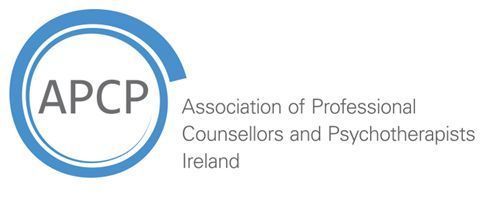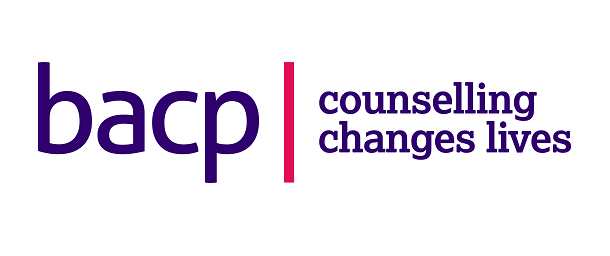Panic Attacks
What Causes Panic Attacks and How You Can Prevent Them

Many have tried to put words to the experience of a panic attack— a sensation so overwhelming, many people mistake it for a heart attack, stroke, or other life-threatening crisis. Though panic attacks don’t cause long-term physical harm, afterwards, the fear of another attack can limit someone’s daily life— and generate more panic attacks.
Studies suggest that almost a third of us will experience at least one panic attack in our lives. And whether it’s your first, your hundredth, or you’re witnessing someone else go through one; no one wants to repeat the experience. Even learning about them can be uncomfortable, but it’s necessary— because the first step to preventing panic attacks is understanding them.
At its core, a panic attack is an overreaction to the body’s normal physiological response to the perception of danger. This response starts with the amygdala, the brain region involved in processing fear. When the amygdala perceives a threat, it stimulates the sympathetic nervous system, which triggers the release of adrenaline. Adrenaline prompts an increase in the heart and breathing rate to get blood and oxygen to the muscles of the arms and legs. This process also sends oxygen to the brain, making it more alert and responsive.
During a panic attack, this response is exaggerated well past what would be helpful in a dangerous situation, causing a racing heart, heavy breathing, or hyperventilation—these changes to blood flow cause light-headedness and numbness in the hands and feet.
A panic attack usually peaks within 10 minutes. Then, the prefrontal cortex takes over from the amygdala and stimulates the parasympathetic nervous system. This triggers the release of a hormone called acetylcholine that decreases the heart rate and gradually winds down the panic attack.
In a panic attack, the body’s perception of danger is enough to trigger the response we would have to a real threat— and then some. We don’t know why this happens, but sometimes cues in the environment that remind us of past traumatic experiences can trigger a panic attack. Panic attacks can be part of anxiety disorders like PTSD, social anxiety disorder, OCD, and generalized anxiety disorder. Recurring panic attacks, frequent worry about new attacks, and behavioural changes to avoid panic attacks can lead to a diagnosis of a panic disorder.
The two main treatments for panic disorder are antidepressant medication and cognitive behavioural therapy, or CBT. Both have about a 40% response rate— though someone who responds to one may not respond to the other. However, antidepressant medications carry some side effects, and 50% of people relapse when they stop taking them. CBT, meanwhile, is more lasting, with only a 20% relapse rate.
The goal of CBT treatment for panic disorder is to help people learn and practice concrete tools to exert physical, and in turn mental, control over the sensations and thoughts associated with a panic attack.
CBT begins with an explanation of the physiological causes of a panic attack, followed by breath and muscle exercises designed to help people consciously control breathing patterns.
Next comes cognitive restructuring, which involves identifying and changing the thoughts that are common during attacks— such as believing you’ll stop breathing, have a heart attack, or die— and replacing them with more accurate thoughts.
The next stage of treatment is exposure to the bodily sensations and situations that typically trigger a panic attack. The goal is to change the belief, through experience, that these sensations and situations are dangerous.
Even after CBT, taking these steps isn’t easy in the grip of an attack. But with practice, these tools can both prevent and de-escalate attacks, and ultimately reduce the hold of panic on a person’s life.
Outside formal therapy, many panickers find relief from the same beliefs CBT aims to instil; that fear can’t hurt you, but holding on to it will escalate panic. Even if you’ve never had a panic attack, understanding them will help you identify one in yourself or someone else— and recognizing them is the first step in preventing them.






